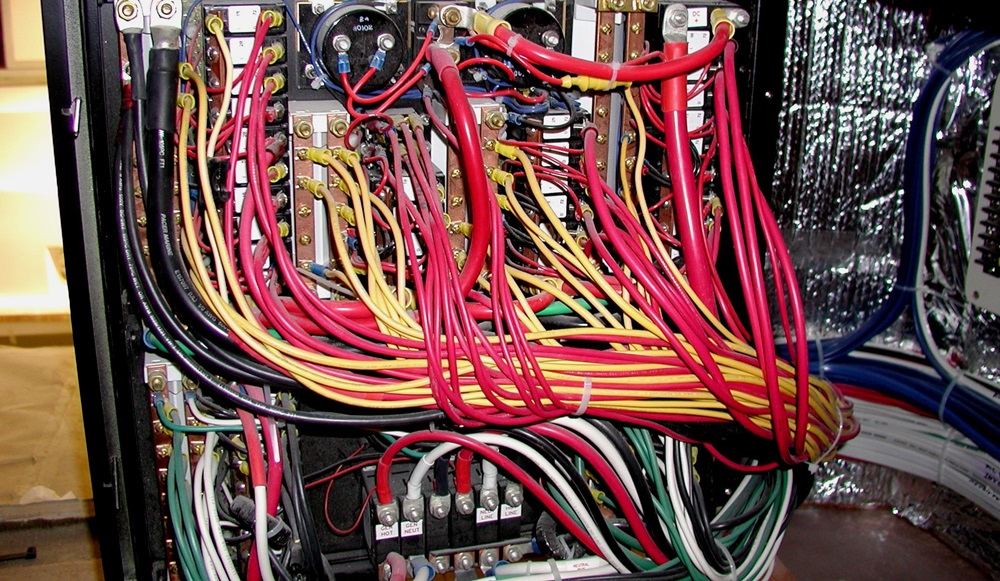Should the AC Terminals on My Distribution Panel Be Covered?
You never want to cross paths with a 120-volt AC current on a boat. That's why the ABYC wants to make it hard for you to do so.
August 21, 2015
Question: I’m in the process of buying a trawler-style boat that was built 12 years ago. I sent along a photo of the main electrical distribution panel, opened up so that you can see all the wiring. The top of the panel is all the lower-voltage DC circuitry and the lower part of the panel has all the AC wiring.

By today's ABYC standards, the AC terminals in this panel should be covered. Covers can be store-bought or made from Lexan or wood.
You can see that none of the AC terminals or bus bars are covered or insulated in any way. I’ve been told by some pretty knowledgeable people that this does not comply with current codes for boats. They say that the AC terminals need to be covered. What’s the scoop here?
Answer: Your knowledgeable friends are quite right. The ABYC does require that all high-voltage (AC) terminals and bus bars be covered or enclosed by some sort of shielding or protective paneling. Furthermore, removal of this protective covering should require the use of hand tools to gain access to the terminals. We discussed this issue some time ago in an article called Is My Boat’s Electrical Panel Safe? In that case, the boatowner had had his boat since 1995, when ABYC standards required only a divider between the AC and DC sides of the panel, plus the need for hand tools to get at the AC terminals.
It can be difficult, especially for marine surveyors and buyers of used boats, when a boat’s systems were ABYC-compliant when it was built, but are no longer compliant at some later date. The point is, we want people to be very aware of these potentially lethal electrical connection points, and make it difficult to have an accidental encounter with them. In the case of this boat, you may be able to purchase some pre-made covers; Blue Sea Systems sells several versions in specific sizes. Other owners have made their own covers from clear Lexan mounted on screwed-in-place stand-offs. I’ve even seen very elegant covers made from varnished wood. The long and the short of it is that you can bring this panel up to current standards fairly easily. I wouldn’t let this get in the way of buying the boat.












